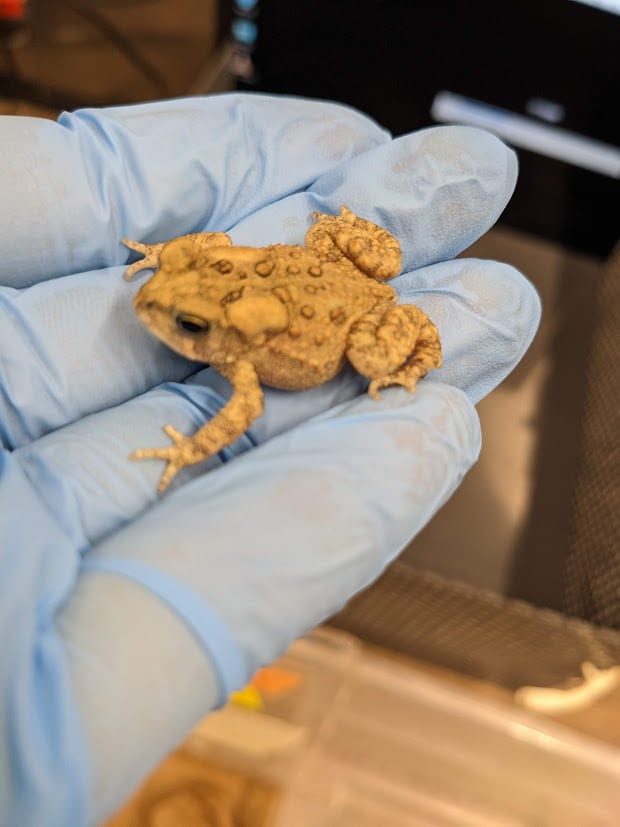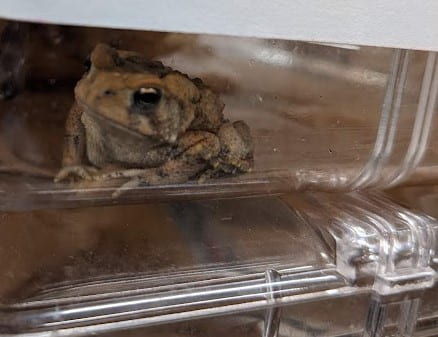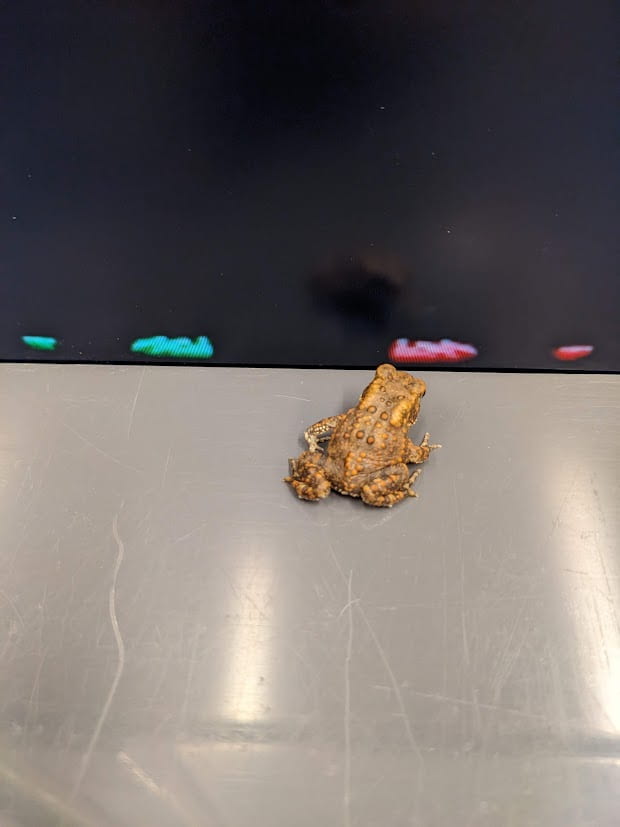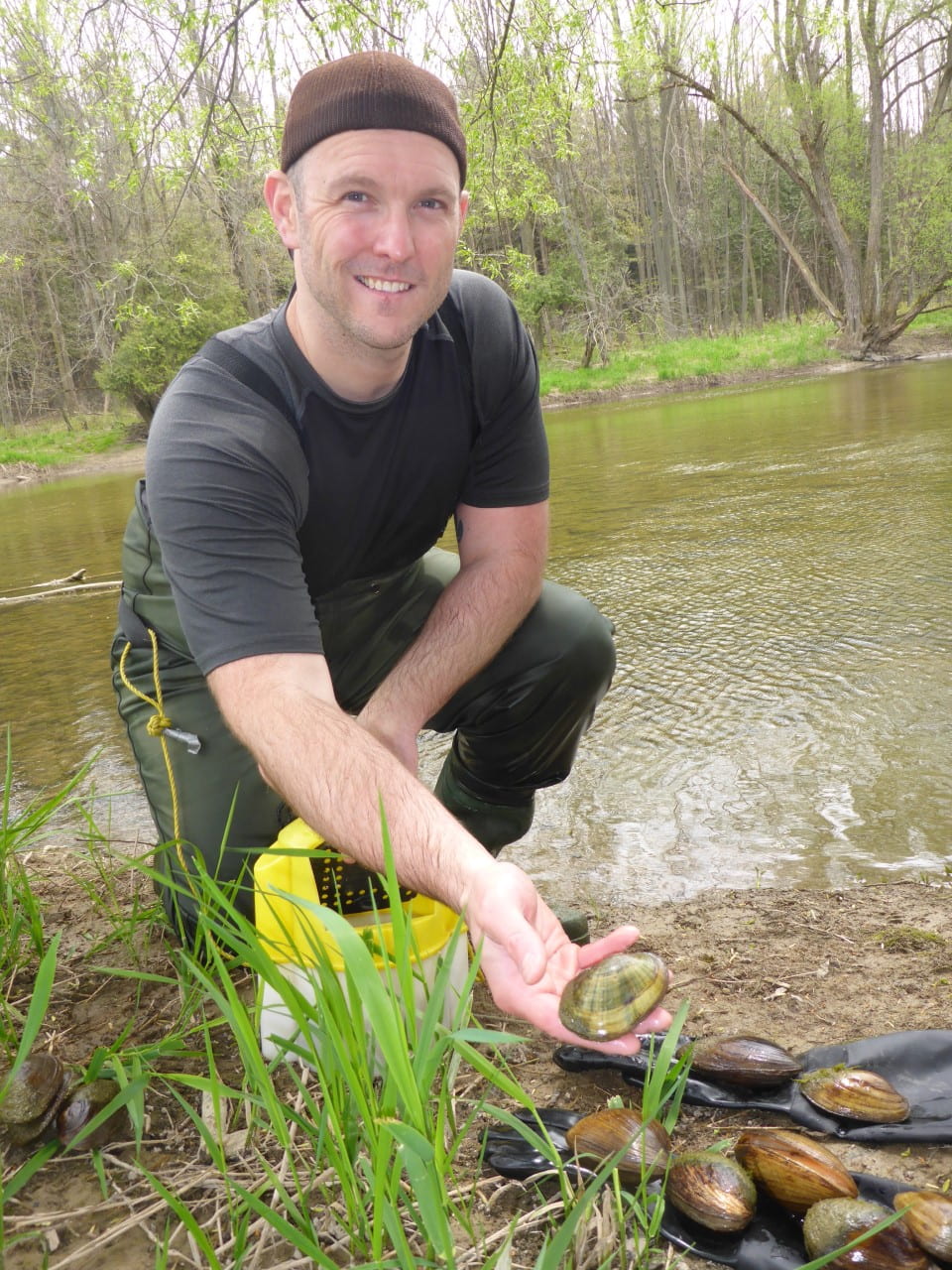“Effects of Environmental Change on Amphibian Cognition”
The One Health Institute congratulates the recipients of the 2024 One Health Approach to Climate Change and Sustainability award:
–Principal Investigator: Frédéric Laberge, Department of Integrative Biology, University of Guelph.
–PhD Candidate: Ella Parkinson, Department of Integrative Biology, University of Guelph.
–Collaborator: Ryan Prosser, School of Environmental Sciences, University of Guelph.
–Collaborator: Susan Murch, Department of Chemistry, University of British Columbia – Okanagan.
Scroll through these pictures to learn more about the research project!
Principal Investigator | PhD Candidate | Collaborators
Frédéric Laberge | Principal Investigator
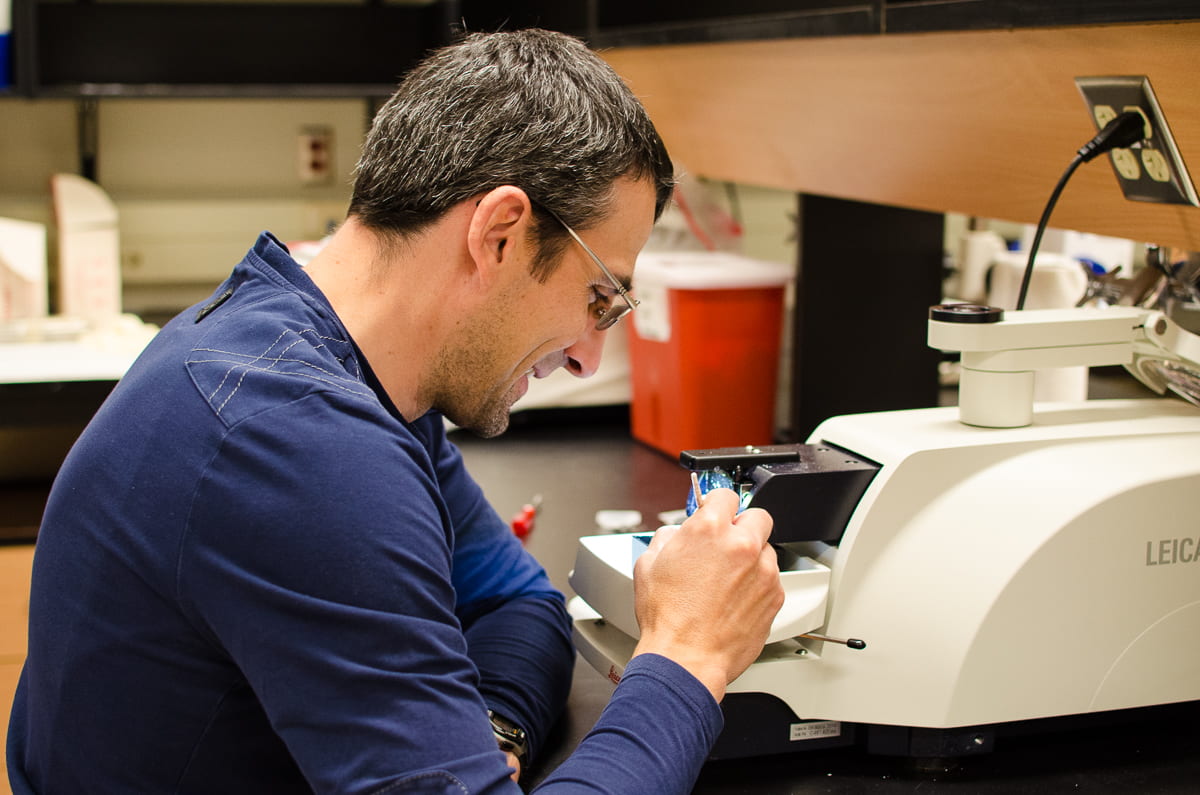
Where I work: I am an Associate Professor in the Department of Integrative Biology. I am a part of the College of Biological Sciences at the University of Guelph, and a One Health Institute affiliated faculty member.
About my work: I lead the Comparative Neurobiology Lab at the University of Guelph. My lab is interested in comparative animal cognition, neurobiology, and ecophysiology. Our work relies mostly on amphibians and fishes as models. Methods used range from amphibian prey catching conditioning using touch screens to tract tracing of neuronal pathways. The ultimate goals of this research are to understand how variation in brain structure and size influences organismic function, identify the factors that drive evolution and plasticity of the nervous system, and develop novel indicators of ecological performance and chronic stress in aquatic wildlife for improved environmental monitoring of watersheds.
You can learn more about my work on my lab website!
Ella Parkinson | PhD Student

About me: I am from New Zealand and moved to Canada for my PhD. In my free time I love to hike, travel, play volleyball, and drink coffee with my friends.
Where I work: Laberge Lab, Department of Integrative Biology, College of Biological Sciences, University of Guelph.
About my work: As a PhD candidate in Biological Sciences, I will lead the field collection of toad eggs and juveniles, then conduct experimental exposures of toad larvae to temperature and Harmful Algal Bloom (HAB) toxin treatments followed by behavioural tests and measurements of brain traits (mass, morphology, and neuron numbers). Brain traits will be assessed at late larval stages to assess brain development and also in post-metamorphic juveniles after they have been assessed for cognitive performance.
Check out my recent publication, to learn more about the work I do!
Ryan Prosser | Collaborator
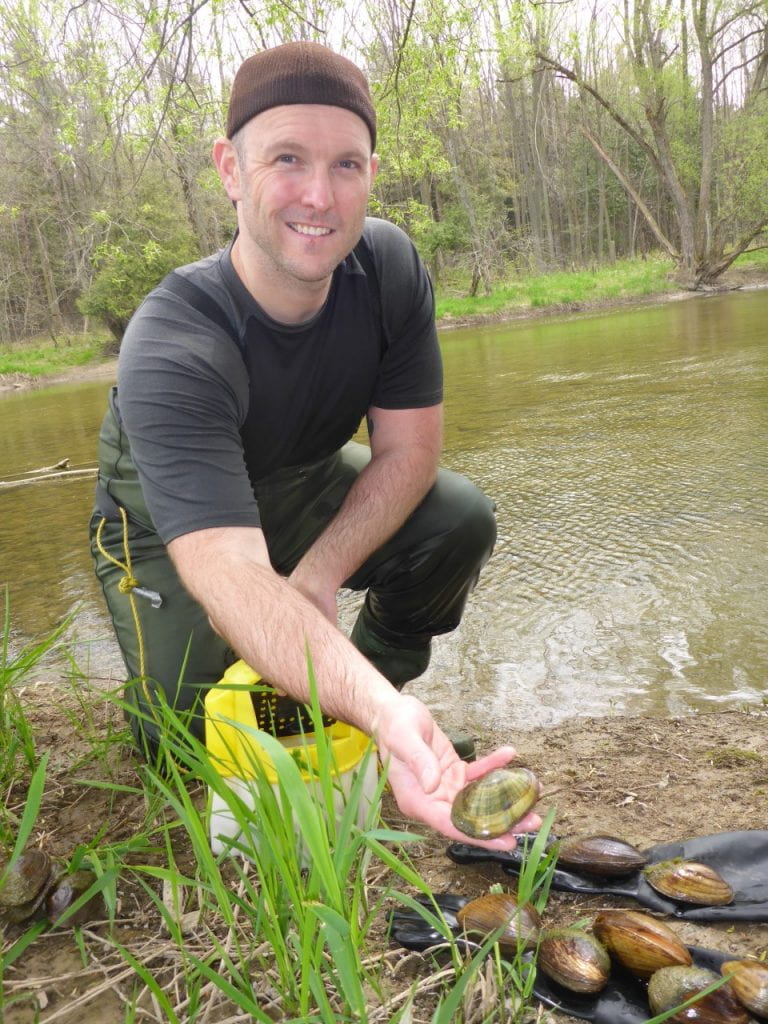
Where I work: I am an Associate Professor in the School of Environmental Sciences at the University of Guelph. I am a part of the Ontario Agricultural College and an affiliated faculty member of the One Health Institute.
About my work: My research focuses on chemicals, such as pesticides, used in agriculture, as well as industrial chemicals, and what impact they have on the environment. My lab investigates how we can reduce the potential negative impacts that the chemicals we use in society have on the environment.
I will contribute to this project by helping with field measurements of temperature and the design of β-methylamino-L-alanine (BMAA) isomer exposures in the laboratory. I am also a part of Ella Parkinson’s advisory committee.
You can learn more about my work on my lab website!
Susan Murch | Collaborator

Where I work: I am a Professor of Biochemistry and Molecular Biology in the Chemistry Department at the University of British Columbia in Okanagan. I am also the Acting Department Head; Coordinator for the Biochemistry and Molecular Biology Graduate Program; and a Canada Research Chair, Natural Products Chemistry.
About my work: I lead the Plant Secondary Metabolite Analytical Research Team (PlantSMART). We research the chemistry of plants and how plant chemistry affects human health. To do this, we use analytical chemistry, mass spectrometry, biotechnology, metabolomics and hormonomics approaches.
I will contribute to this project by measuring BMAA isomer levels in pond water samples. I may also, if needed, contribute non-commercially available BMAA isomer compounds for toxicity exposures (compounds tested will depend on detections in pond water).
You can learn more about my work on my UBC faculty page!
The Research Project
Background: A growing human population has resulted in human-induced rapid environmental change (HIREC) acting at multiple scales to modify the natural world that we depend on. HIREC also impacts wildlife, such that many populations may need to move or adapt to avoid extinction based on current conditions or future predictions of HIREC. The susceptibility of wildlife to different components of HIREC may help identify the factors associated with environmental change that pose the most risks to wildlife and human health. One component of HIREC that has attracted my lab’s attention is climate warming and eutrophication as factors promoting the growth of harmful algal blooms (HABs) in our waters (environmental health). We seek early indicators of adverse effects on aquatic wildlife linked to increased HAB events (animal health) and evaluate the neurotoxicity of understudied amino acid compounds released by HABs that have been implicated as risk factors for human neurodegenerative diseases (human health). So far, we have investigated the presence and biomagnification of isomers of β-methylamino-L-alanine (BMAA) in Lake Erie organisms and toxicity to fish [1]. This work was funded by Canada First Research Excellence Fund and a pilot grant from the Great Lakes Fishery Commission. It established a collaboration with Susan Murch at UBC-Okanagan, an analytical chemist specializing in the study of non-proteinogenic amino acids. We are now undertaking an investigation of the effects of HIREC on amphibians in the Guelph area. We will evaluate the effect of water temperature on amphibian larval development and the presence and impact of HAB toxins in local amphibian breeding ponds. Our approach focuses on amphibian cognition and brain traits to allow detection of negative impacts in advance of potential population crashes. Cognitive ability, and in particular, the capacity to learn, is a crucial aspect of behavioural adjustment and long-term adaptation of animals to changing environments.
Objectives: The proposed research will evaluate alternative mechanisms underlying impacts of environmental factors on cognition in American toads collected in the Guelph area. HIREC could impact cognition through the modulation of brain traits that influence cognitive capacity (relative brain size, neuron number), or alternatively, through modulation of personality, which influences the outcome of cognitive testing. One study will evaluate how predicted increases in global temperatures may impact larval development and the subsequent cognitive performance of juvenile toads. Another study will evaluate the effects of HAB amino acid neurotoxin exposure on larval development and juvenile cognition. Finally, exposure to a combined temperature and neurotoxin treatment throughout larval development will be evaluated to explore potential impacts of these two environmental stressors on amphibian neurodevelopment and cognition.



